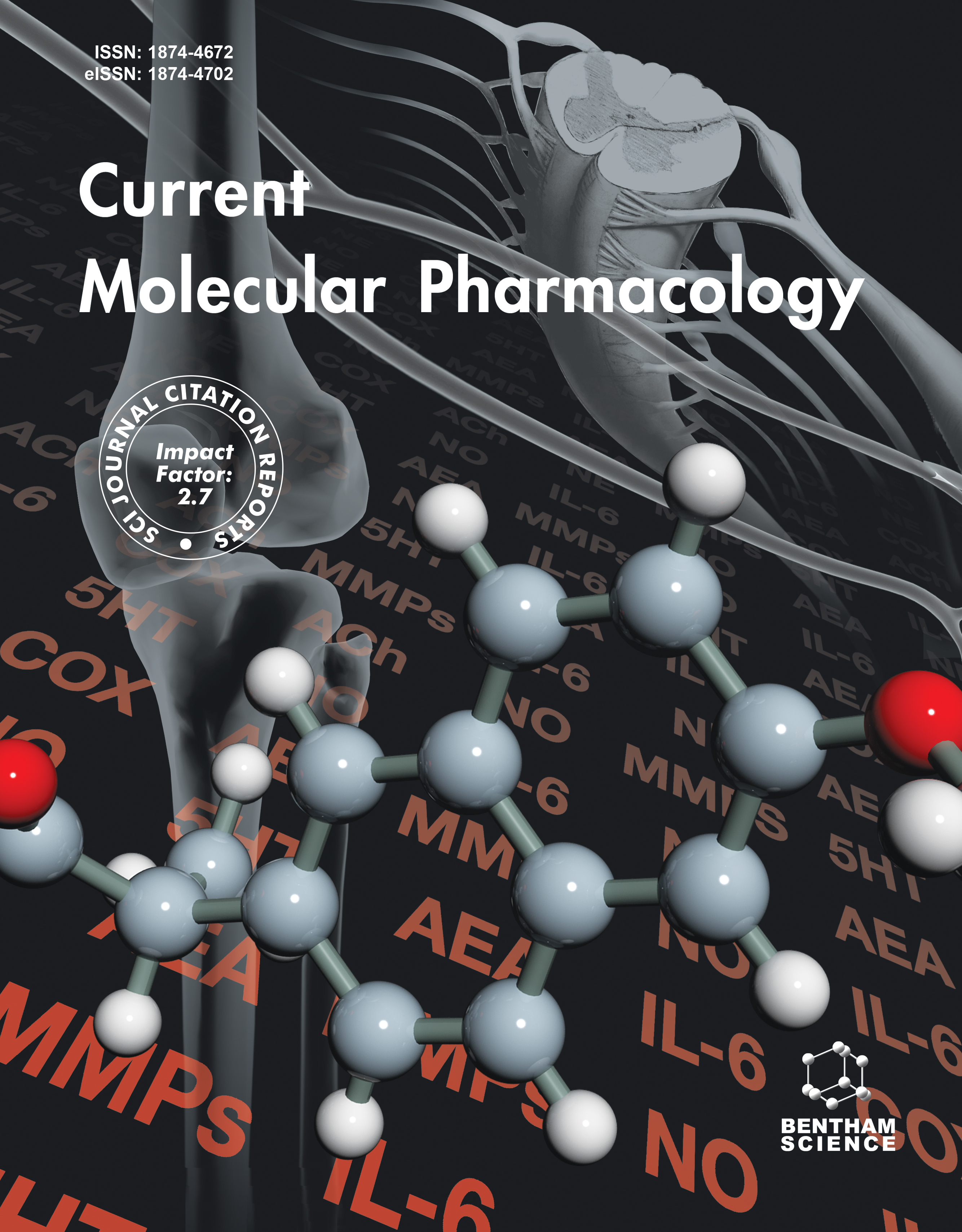-
oa Research Progress of the Molecular Mechanism of Antithyroid Cancer Activity of Shikonin
- Source: Current Molecular Pharmacology, Volume 17, Issue 1, Jan 2024, e040923220678
-
- 11 Mar 2023
- 22 Jun 2023
- 13 Oct 2023
Abstract
Thyroid cancer is one of the most common endocrine neoplasms. Treatment methods include surgical resection, radioactive iodine therapy, inhibition of thyroid-stimulating hormone, and inhibition of kinase-based target therapies. These treatments induced adverse effects. Lithospermum officinale possesses antioxidant, anticancer, burn-healing, and anti-inflammatory activities, and Shikonin is the main ingredient. Antithyroid cancer studies of Shikonin discovered that it inhibited thyroid cancer cell migration and invasion by suppressing the epithelial-mesenchymal transition; induced cell cycle arrest; induced DNA damage and apoptosis by producing excessive reactive oxygen species; upregulated Bax; increased the stability of p53; decreased the expression of Mdm2; downregulated Slug and MMP-2, MMP-9, and MMP-14; repressed the phosphorylation of Erk and Akt; activated the p16/retinoblastoma protein pathway, leading to apoptosis; suppressed the expression of DNMT1; reduced the PTEN gene methylation; increased the expression of PTEN, leading to the inhibition of migration; increased LC3-II to induce autophagy and apoptosis of medullary thyroid carcinoma; and upregulated βII-tubulin in the cell to produce less resistance to cisplatin and paclitaxel, without cross-resistance to other anticancer agents. In vivo studies showed that it is safe in Sprague-Dawley rats, Beagle dogs, and nude mice.


